The 1970s promised us a future where everything would be automated, convenient, and impossibly modern—and for a brief, shining moment, it felt like that future had actually arrived in our living rooms. These weren’t just appliances; they were glimpses into tomorrow, each one making us feel like we were living in a science fiction movie where the ordinary had become extraordinary. Every new gadget that arrived in our homes felt like a small miracle of modern engineering, transforming daily routines into experiences that our parents could never have imagined.
1. Microwave Ovens
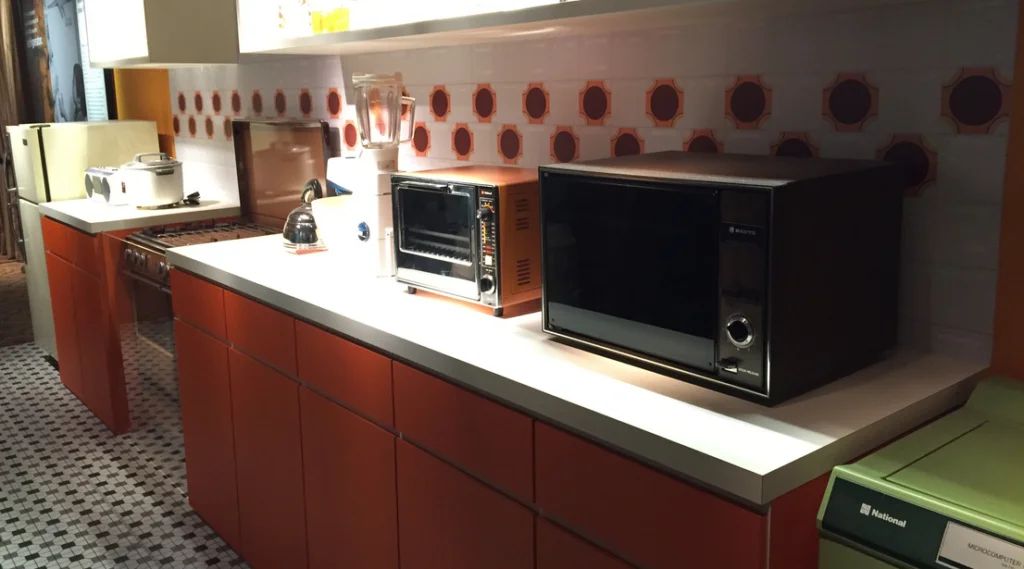
The microwave oven didn’t just cook food—it bent the very laws of nature, heating your dinner from the inside out using invisible rays that seemed like pure magic. Watching a frozen TV dinner transform into a piping hot meal in just minutes felt like witnessing a miracle of modern science, especially when you’d grown up waiting an hour for the conventional oven to do the same job. The electronic beeps, digital displays, and precise timing controls made you feel like you were operating equipment straight out of NASA’s mission control center.
Those early microwaves were substantial pieces of furniture that commanded respect and attention in your kitchen, with their space-age styling and impressive bulk announcing their importance to anyone who entered the room. The ritual of setting the timer, watching the turntable rotate through the window, and hearing that final ding became a daily reminder that you were living in the future your grandparents had only dreamed about. Even simple tasks like reheating coffee felt revolutionary when accomplished with the push of a few buttons and a brief wait for those mysterious microwaves to work their magic.
2. Electronic Calculators

Before calculators, complex math meant pencil, paper, and plenty of time—but suddenly you could solve equations that would have taken minutes in mere seconds with the touch of a few buttons. Those early electronic calculators, with their bright red LED displays and satisfying click of each key press, made you feel like you had a tiny computer right at your fingertips. The ability to add, subtract, multiply, and divide instantly transformed homework, balancing checkbooks, and figuring tips from tedious chores into quick, almost effortless tasks.
The precision and speed were mind-blowing, especially when you remembered struggling through long division by hand or using those old mechanical adding machines that required real muscle to operate. Watching those glowing red numbers appear instantly on the display felt like pure magic, and the fact that this incredible technology could fit in your hand (or at least on your desk) seemed almost too good to be true. Parents who had grown up with slide rules and multiplication tables suddenly found themselves outpaced by their children, who could zip through math problems faster than ever before imagined.
3. Digital Clocks with LED Displays
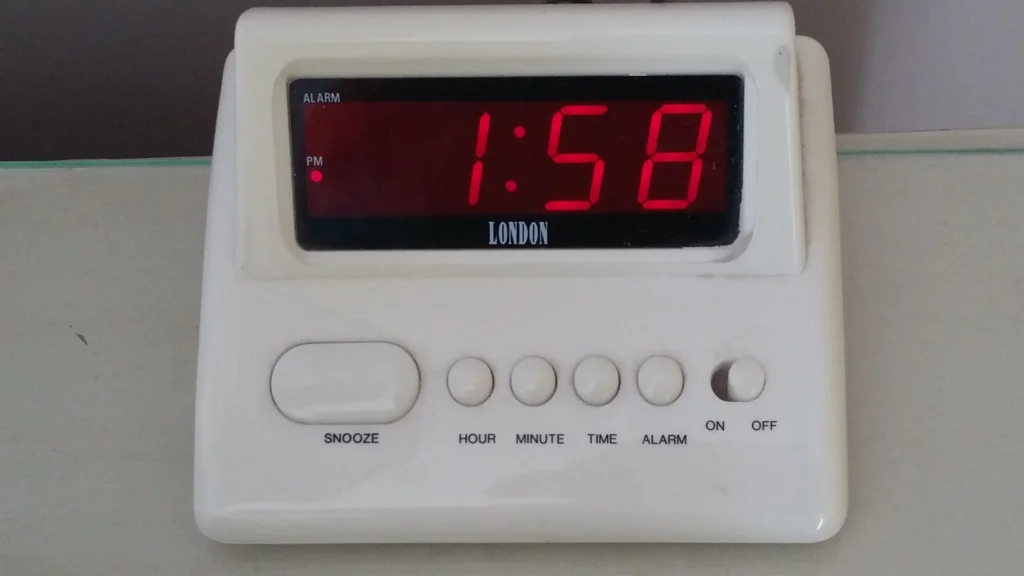
Those glowing red numbers floating in the darkness didn’t just tell time—they announced that the future had arrived right there on your nightstand. The transition from mechanical alarm clocks with their ticking hands and ringing bells to silent, precise digital displays felt like stepping into a science fiction movie. The bright, angular LED numbers were so crisp and modern that they made traditional clocks look like ancient artifacts from a bygone era.
The 24-hour accuracy and the ability to set precise alarm times down to the minute gave you a sense of control over time itself that previous generations never experienced. No more guessing whether you’d wound the clock correctly or worrying about it running slow—these digital marvels kept perfect time and woke you up exactly when you needed to start your day. The soft red glow became a comforting presence in bedrooms across America, a constant reminder that technology was making life more precise and predictable than ever before.
4. Cordless Telephones

The freedom to walk around your house while talking on the phone felt like breaking the chains that had tethered conversations to kitchen walls and hallway tables for decades. Those early cordless phones, with their telescoping antennas and substantial handsets, gave you mobility that transformed the simple act of answering the phone into a liberating experience. Suddenly you could take calls in the garden, chat from the comfort of your favorite armchair, or pace around the living room during important conversations.
The technology seemed almost magical—how could your voice travel through thin air to that base station sitting on the kitchen counter? The range limitations became a game of exploration as you discovered just how far you could roam before the signal started to crackle and fade. Despite the occasional static and the need to stay within a reasonable distance from the base, the sheer freedom of untethered conversation made every phone call feel like a small victory over the limitations of traditional communication.
5. Cassette Tape Recorders
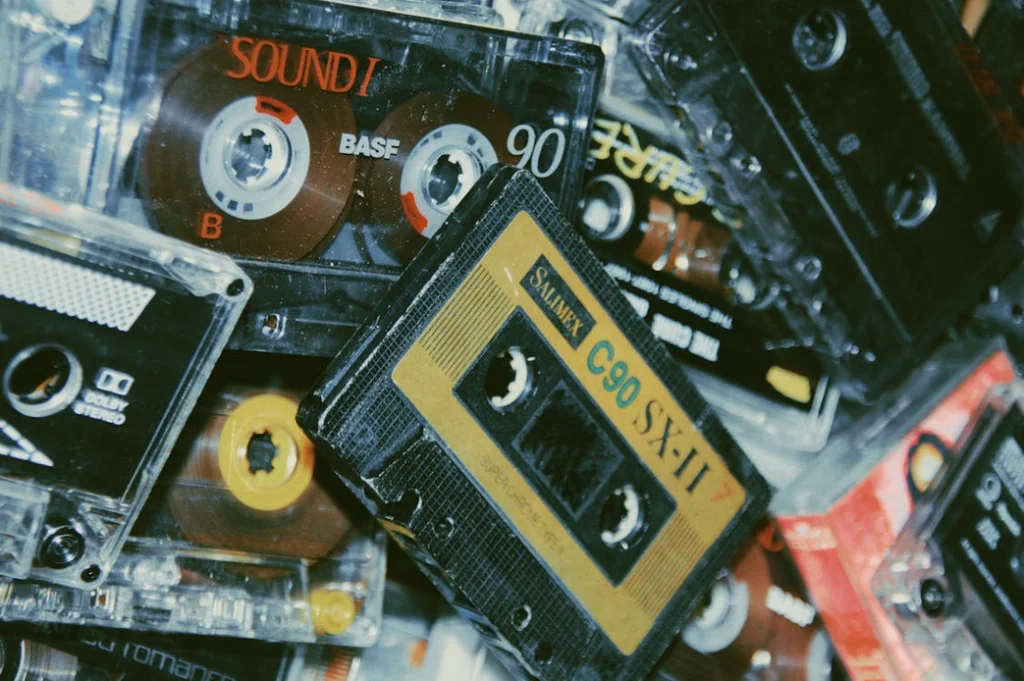
The power to capture sound out of thin air and play it back whenever you wanted felt like nothing short of magical, especially when you could do it with a device small enough to carry anywhere. Those portable cassette recorders turned everyone into their own personal recording studio, whether you were capturing family conversations, recording your favorite songs off the radio, or creating mixtapes for friends. The simple act of pressing record and watching those little wheels spin as magnetic tape captured every sound within reach was endlessly fascinating.
The versatility was revolutionary—you could record lectures for school, capture your children’s first words, or create audio letters to send to distant relatives. The ability to rewind, fast-forward, and replay exact moments in time gave you control over memories in a way that previous generations could never have imagined. Those little plastic cassettes represented hours of captured life, stored in a format so compact and portable that you could carry dozens of recordings in a shoebox.
6. Food Processors
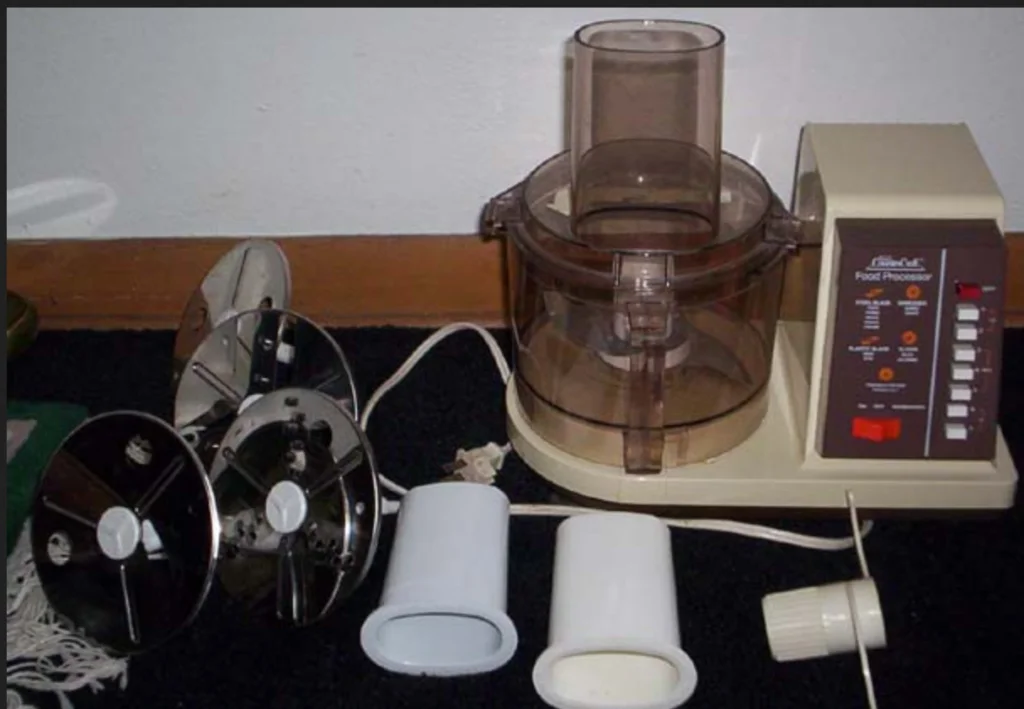
The ability to chop, slice, dice, and puree with the push of a button transformed kitchen preparation from laborious hand work into effortless culinary magic that made every home cook feel like a professional chef. Those early food processors, with their powerful motors and interchangeable blades, could accomplish in seconds what used to take twenty minutes of careful knife work. The transparent work bowl let you watch the transformation happen, as whole vegetables became perfectly uniform pieces or creamy sauces with almost supernatural speed and precision.
The versatility was mind-blowing—one machine could replace a dozen different kitchen tools, from pastry blenders to cheese graters to meat grinders. The cleanup was simple compared to the mountain of knives, cutting boards, and hand tools that complex recipes used to require, making elaborate cooking accessible to busy families who previously stuck to simpler fare. Dinner parties became more ambitious when you knew you could prepare complex dishes without spending hours on tedious prep work, turning every meal into an opportunity to showcase your newfound culinary capabilities.
7. Electric Can Openers
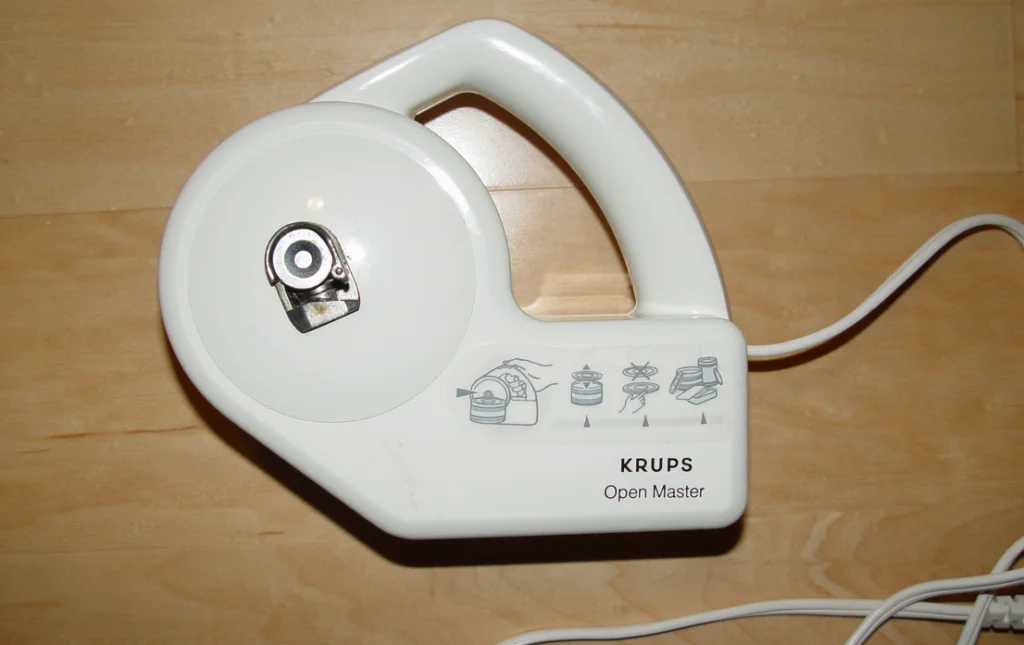
The wall-mounted electric can opener transformed the sometimes frustrating task of opening cans into a smooth, effortless operation that felt almost too easy to be real. Gone were the days of struggling with manual can openers that left jagged edges or gave up halfway through tough cans—now you simply placed the can against the magnetic holder, pressed a lever, and watched as the opener did all the work. The precision cutting action and the satisfying way the opened can stayed perfectly attached to the magnetic base made every use feel like a small demonstration of modern efficiency.
These weren’t just tools; they were symbols of the automated future that was finally arriving in American kitchens. The sleek styling and prominent placement on kitchen walls announced to visitors that this was a modern household where technology had conquered even the most basic daily tasks. The time saved and effort eliminated might have been small, but the psychological impact was huge—if machines could open your cans, what other household drudgery might soon become obsolete?
8. Smoke Detectors
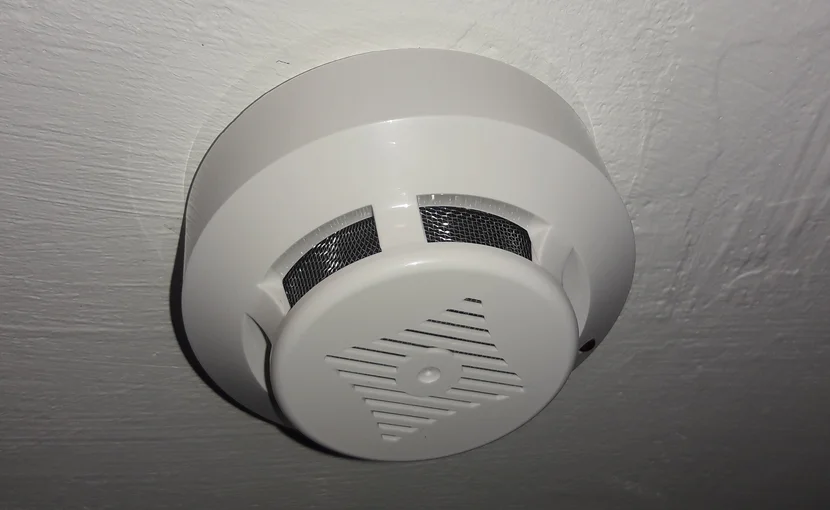
The idea that a small plastic disc on your ceiling could smell danger before you did felt like having a vigilant guardian angel watching over your home 24 hours a day. Those early smoke detectors, with their piercing alarms and blinking lights, represented a quantum leap in home safety that made everyone sleep a little easier at night. The battery-powered convenience meant protection wasn’t dependent on electrical power, and the simple installation process allowed any homeowner to add this life-saving technology without calling an electrician.
The peace of mind was immeasurable, especially for parents who worried about nighttime fires when the family was asleep and most vulnerable to danger. The occasional false alarm from burnt toast or shower steam became a small price to pay for the confidence that this little device was constantly monitoring the air for the first signs of trouble. The monthly battery check ritual, with its distinctive chirping reminder, became a household routine that reinforced the sense that modern technology was actively working to keep your family safe.
9. Electronic Digital Watches
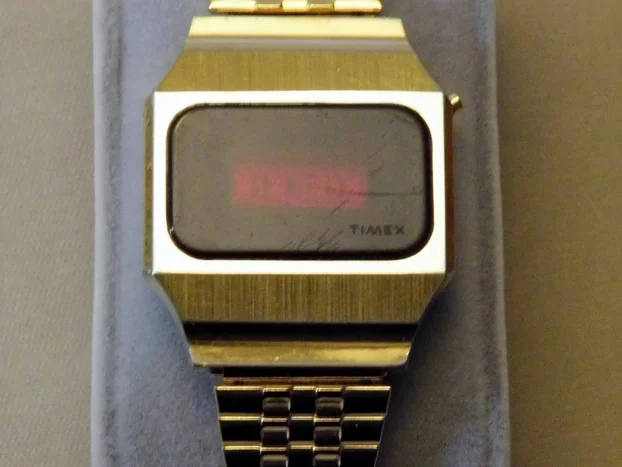
Strapping a tiny computer to your wrist that displayed the time in glowing numbers felt like something straight out of a spy movie, especially when those early LED watches required you to press a button to see the display. The precision timekeeping and additional features like stopwatch functions, alarms, and even simple calculators transformed your watch from a simple timepiece into a personal command center. The futuristic styling, with sleek metal cases and space-age displays, made you feel like you were wearing a piece of technology that belonged in the 21st century.
The battery-powered convenience meant no more winding, no more worrying about accuracy, and no more guessing at the exact time—your watch displayed minutes and seconds with digital precision that made mechanical timepieces seem quaint and old-fashioned. The novelty of having such advanced technology literally at hand never wore off, and showing friends the various functions and features became a source of pride and technological superiority. Even simple tasks like timing a phone call or checking the exact moment became exercises in appreciating just how far technology had advanced.
10. Home Intercom Systems
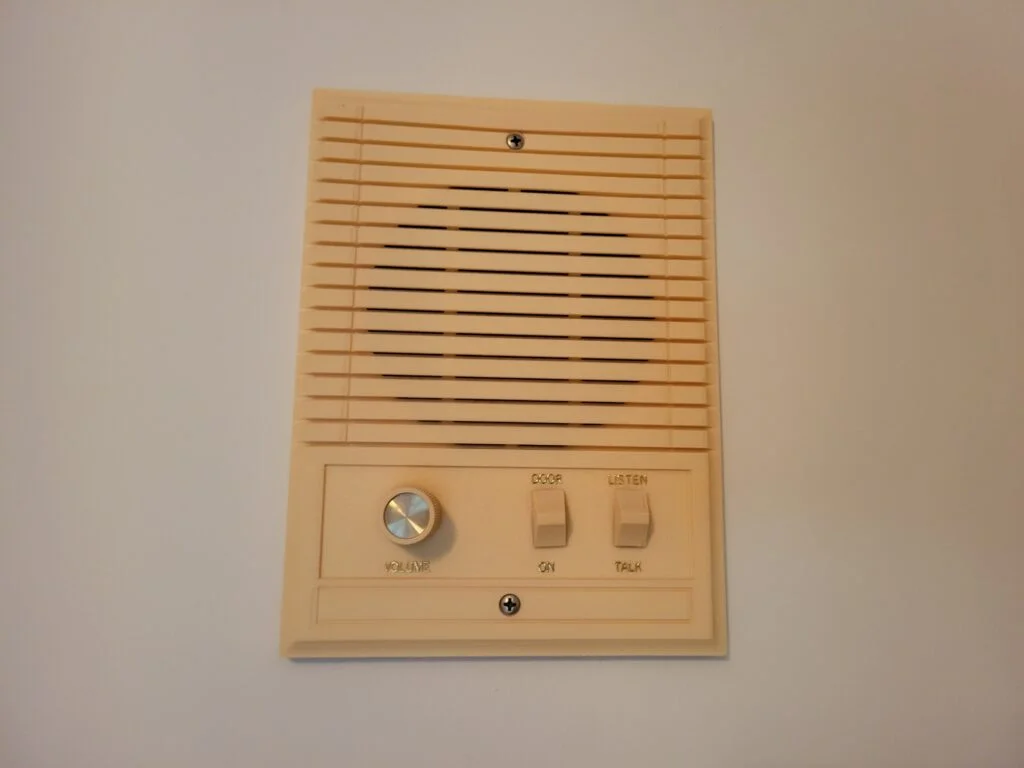
The ability to communicate instantly with any room in your house felt like having your own personal telephone network that transformed your home into a high-tech command center. Those intercom systems, with their multiple stations throughout the house and master control units, made even modest homes feel like sophisticated communication hubs where family coordination reached new levels of efficiency. The clear audio quality and instant connection meant no more shouting up the stairs or walking from room to room to deliver messages.
The master station gave parents unprecedented control over household communication, with the ability to monitor children’s rooms, coordinate dinner calls, or simply check if someone was home without leaving your chair. The privacy features and room-to-room calling options made every family member feel like they had their own personal communication device built right into the walls. The futuristic appeal of push-button communication within your own home made visitors feel like they were experiencing a glimpse of how all houses would eventually be equipped.
11. Electric Toothbrushes

The vibrating, rotating action of an electric toothbrush felt like bringing professional dental care right into your own bathroom, with technology that promised to clean your teeth better than any manual brushing ever could. Those early electric models, with their substantial charging bases and oscillating brush heads, transformed the mundane task of brushing teeth into a high-tech health ritual. The timer functions and different speed settings made you feel like you were using precision medical equipment designed specifically for optimal oral hygiene.
The sensation was entirely different from manual brushing, with the electric motor doing work that your hand and wrist could never match for consistency and thoroughness. The rechargeable convenience meant no more worn-out toothbrushes or inconsistent cleaning pressure—just plug it in overnight and wake up to reliable, professional-grade dental care. The visible difference in cleaning effectiveness and the approval from dental professionals made every brushing session feel like a small investment in futuristic healthcare technology.
12. Programmable Thermostats
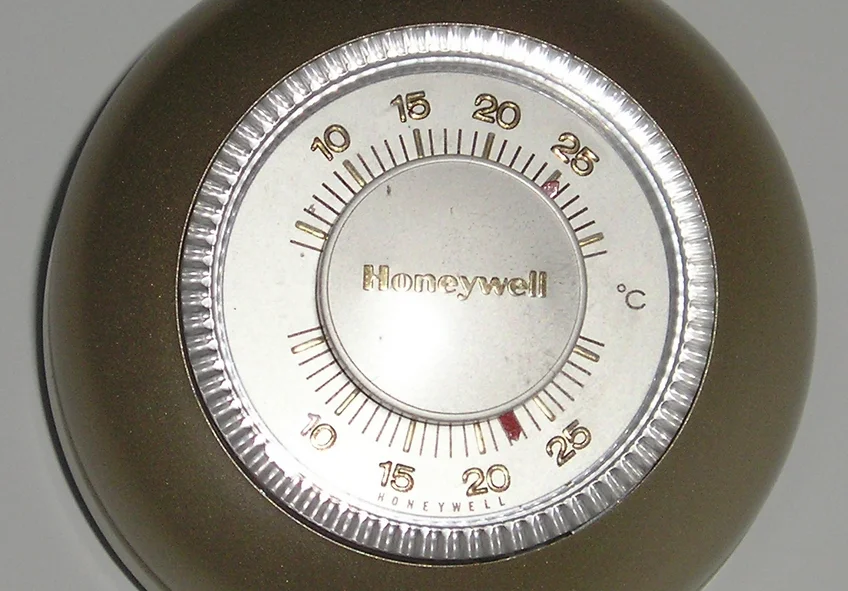
The ability to program your home’s temperature to change automatically throughout the day felt like having a personal climate control assistant that anticipated your needs before you even thought about comfort. These early programmable models, with their digital displays and multiple daily settings, transformed heating and cooling from reactive adjustments to proactive comfort management. The satisfaction of coming home to a perfectly conditioned house that had prepared itself for your arrival made you feel like you were living in a truly intelligent home.
The energy savings were impressive, but the real appeal was the futuristic concept of a house that could think ahead and adjust itself according to your schedule and preferences. Programming different temperatures for weekdays versus weekends, or having the system automatically lower the heat while you slept, felt like delegating household management to a tireless electronic servant. The precise temperature control and the ability to make adjustments days or weeks in advance gave you a sense of mastery over your home environment that previous generations could never have imagined.
Looking back, these gadgets represented more than just technological advancement—they were symbols of a future that felt within reach, where push-button convenience would eliminate life’s small frustrations and free us up for bigger dreams. Each device that arrived in our homes felt like proof that tomorrow would indeed be better than today, powered by innovation and designed for human comfort. While we might take similar conveniences for granted now, there was something magical about that first generation of home automation that made every button press feel like a small victory over the limitations of the past.
This story When Push-Button Living Felt Revolutionary: 12 Home Gadgets That Blew Our Minds in the ’70s was first published on Takes Me Back.


